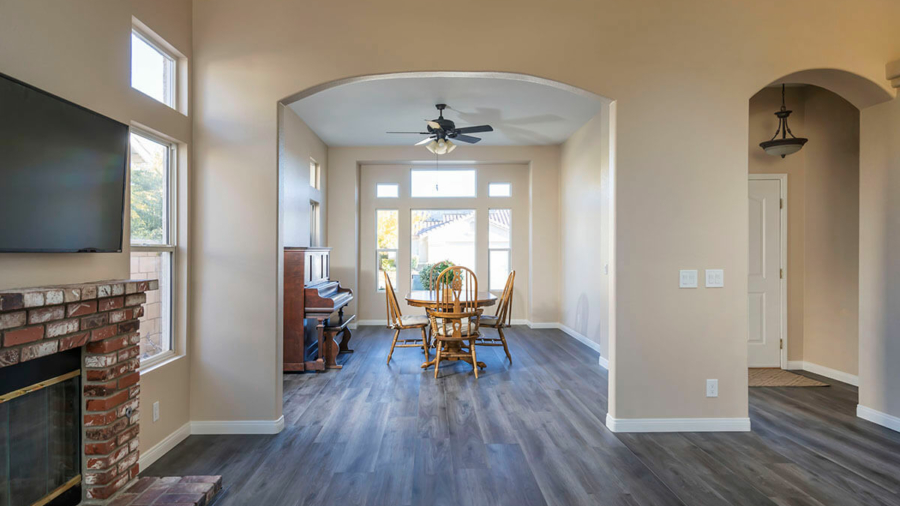Despite the large-scale investment in real estate property, many homeowners still live in older homes. Statistics show 80% of the houses in the United States are older than 20 years old. This means many houses may need remodeling after some time.
Remodeling projects often seem simple, but the truth is they can be very taxing if planning to hire and coordinate architects, contractors, suppliers, and tradespeople. Coordinating their responsibilities is quite a feat, hence the need to enlist the help of a design-build remodeling company. The company combines experts in project design, construction, product selection, and coordinates the work on the project, taking a huge load off your shoulders. Here’s a step-by-step guide explaining what design-build remodeling entails.
Step1: Schedule a Meeting with the Company
The first step is to schedule a meeting with the design-build contractor to discuss the type of remodeling project you want, provide important information about your home and the location of your property. This meeting also helps contractors define and set expectations about the project.
Step 2: Discuss the Scope of the Project
The contractor then explains the project’s scope, budget requirements, and challenges for remodeling the existing space. Next, the company develops plans, specifications, pricing and sets a design-build remodeling schedule.
Step 3: Make Design Selections
During this stage, the design team prepares design concepts to show the room arrangement at the site. Some companies prepare 3D models to help customers visualize the final product. In case the project cost exceeds your budget, the contractor may suggest a few changes. The expert works closely with the customer to ensure their wishes are met even after making the changes.
Step 4: Refining the Design
This step involves the preparation of detailed drawings to illustrate other aspects of the proposed design. If remodeling the entire house, the team presents a floor plan displaying all the rooms along with their sizes. Other consultants may also be called upon to provide critical information to avoid surprises during construction. Also, the project is reviewed again to determine if its duration should be extended. The team references the cost and budget when making this decision to avoid deviating.
Step 5: Signing the Construction Contract
The contractor signs a contract showing the start and the completion date and directs the project manager to ensure the work flows according to plan.
Step 6: Regular Communication
The design-build contractor, project manager, or production manager must provide updates about the project’s progress. They are also required to perform quality control walks to ensure your expectations are fully met. In fact, some companies have online systems that allow customers to track the project online.
Step 7: Completing the Project
At the end of the project, the design-build team schedules a meeting with the customer to explain the project’s construction process in detail. The team also provides pricing details, selected materials, lien releases, and warranty information to finalize the project.
This seven-step process should give you an idea of how design-build remodeling projects are executed. Keep in mind project completion isn’t always the end of the project. The team reviews the structure periodically to ensure your home remains in top-notch shape.



